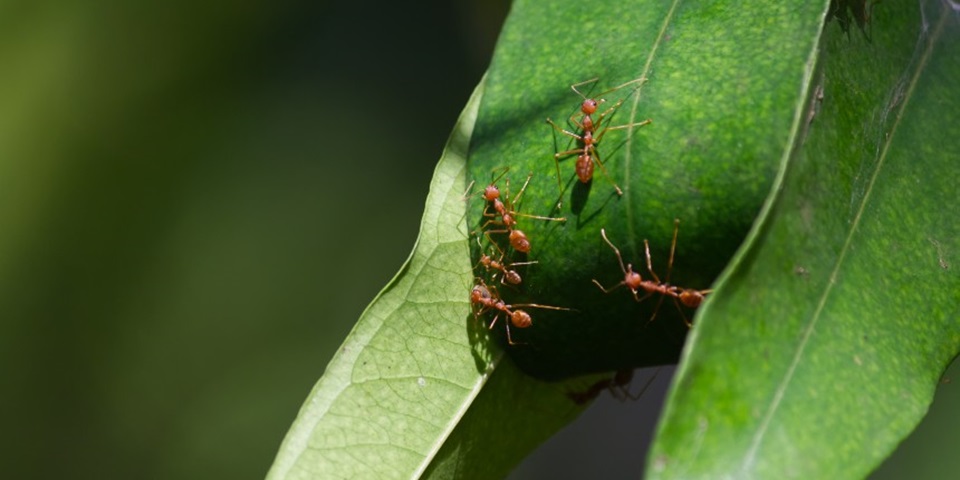News
Ant grant to target national biosecurity risk

A new artificial intelligence tool will be developed to identify invasive ants that pose a significant risk to Australian agriculture, thanks to an $800,000 grant from the Department of Agriculture.
Led by Associate Professors Melissa Thomas and Hamid Laga from Murdoch University, the project will develop a highly innovative ant identification platform that builds on the latest advances in object detection and recognition from images and videos.
“This will be a cutting-edge platform for border protection,” Dr Thomas said.
“Invasive ants are one of the most serious biosecurity risks in Australia with six out of seven high priority invasive ants present in Australia ranked among the most notorious invasive pests globally.
“Without control measures, the economic damage of one of these species alone, the red imported fire ant, is estimated at more than $600 million per year to Australian agriculture.
Early detection and eradication are crucial for limiting the impact of these ants, however current practices are time and labour intensive and rely on ever shrinking taxonomic expertise, unnecessarily delaying responses to incursions.”
Associate Professor Hamid Laga, head of Information Technology at Murdoch University, said most deep learning algorithms, which are trained on large datasets manually labelled through crowd sourcing, do not translate directly to biological objects due to a lack of reliable training data.
“We will develop a prototype monitoring device that takes images and videos of ants and identifies the likelihood of the imaged ants being one of the target species,” Dr Laga said.
“It will be a user-friendly, purpose-built ant identification application that will use still and/or video imaging for automated triage of ant images.
“Our goal is to transform the biosecurity practices for invasive ant detection and monitoring where manual screening and monitoring will be replaced by autonomous machine learning and computer vision systems.
“Surveillance will be upscaled almost infinitely enabling a fast response to potential threats.”
The grant was awarded to the project under the Advancing Pest Animal and Weed Control Solutions Competitive Grant Round administered by the Federal Department of Agriculture, Water and the Environment.
Project team
The grant recipients are a partnership consortium of researchers across four different institutions, with Murdoch University as the lead organisation. Murdoch University’s IT innovation Hub, which is host for an industry-scale data centre and a high-performance computer, is equipped with state-of the art GPUs, that are essential for machine learning-based research.
World-class researchers at Murdoch University (A/Prof Hamid Laga and A/Prof Ferdous Sohel) have the latest specialist knowledge in artificial intelligence, machine learning and computer vision. Murdoch University researcher A/Prof Melissa Thomas has experience in developing automated tools for monitoring of established invasive pests.
The project will also involve leading Australian invasive taxonomists and ecologists from Murdoch University (Dr. Volker Framenau), CSIRO (Dr. Ben Hoffman), Queensland Museum (Dr. Chris Burwell) and James Cook University (A/Prof Lori Lach) for identification, image collection and collation and field validation of the platforms.
This research supports the United Nations Sustainable Development Goal 15 to protect, restore and promote sustainable use of terrestrial ecosystems, sustainably manage forests, combat desertification, and halt and reverse land degradation and halt biodiversity loss.
For research news delivered to your inbox, sign up to our monthly newsletter.